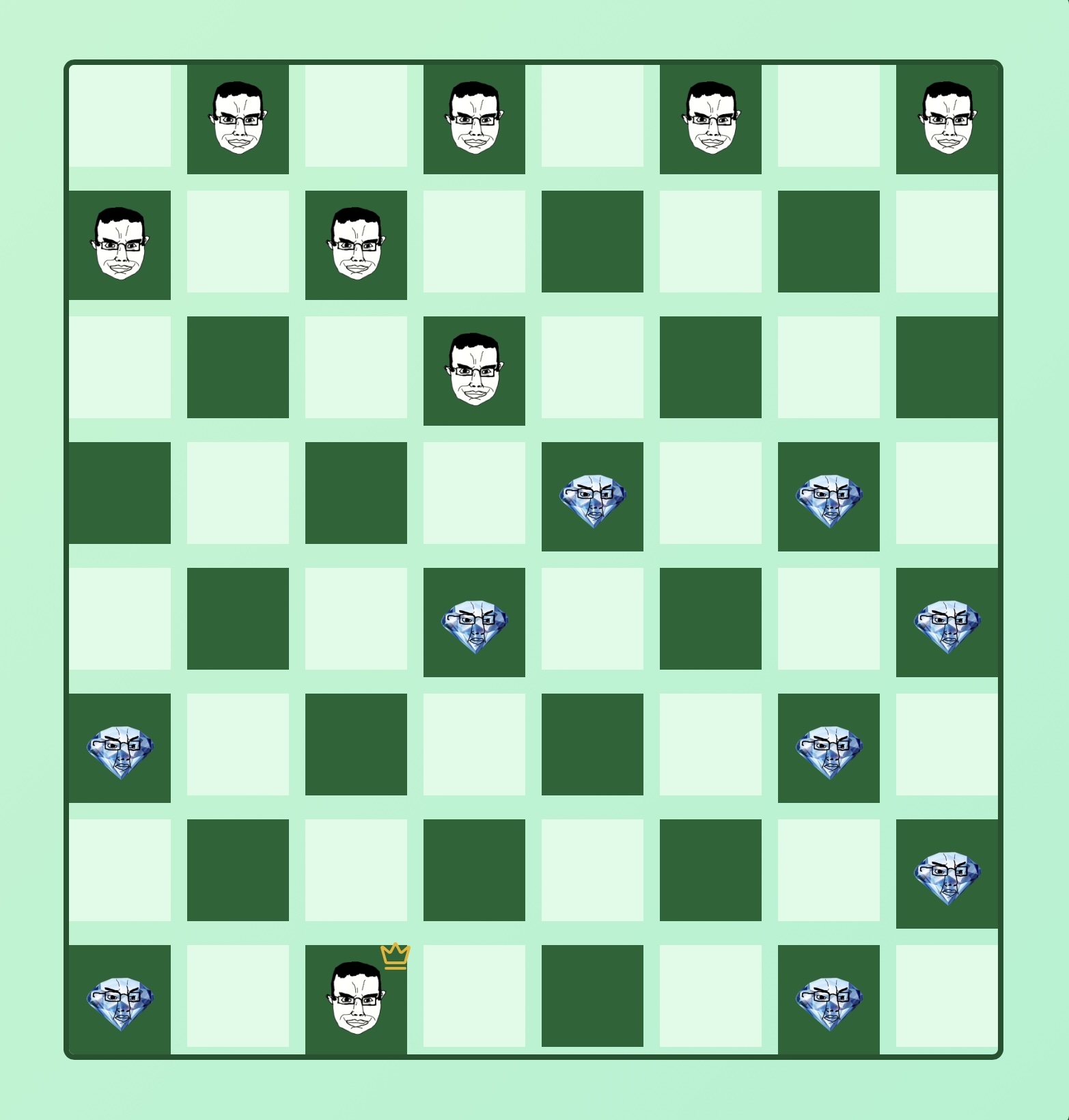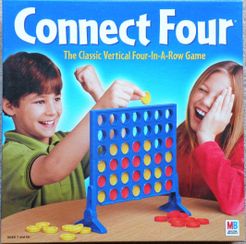Article Content
# Checkers Opening Theory: Control the Center from Move One
The opening phase in checkers sets the foundation for the entire game. Master these principles to gain early advantages.
## Core Opening Principles
### 1. Center Control
- **Move pieces toward the center squares**
- **Central pieces have more mobility**
- **Control key diagonal pathways**
### 2. Piece Development
- **Develop pieces with purpose**
- **Don't move the same piece twice without reason**
- **Create piece coordination**
### 3. King Row Preparation
- **Plan your promotion strategy early**
- **Control promotion squares**
- **Force favorable exchanges**
## Popular Opening Systems
### The Single Corner
Moving your corner piece first:
- **Pros**: Safe development, maintains structure
- **Cons**: Slower center control
- **Best for**: Defensive players
### The Center Game
Immediate center occupation:
- **Pros**: Quick center control, active pieces
- **Cons**: More tactical complications
- **Best for**: Aggressive players
## Common Opening Mistakes
1. **Moving too many edge pieces**: Focus on center development
2. **Creating weaknesses**: Don't leave pieces undefended
3. **Ignoring opponent's threats**: Always check for immediate dangers
4. **Playing too passively**: Checkers rewards active play
## Advanced Concepts
### Tempo
- **Gaining tempo**: Force your opponent to respond to threats
- **Maintaining initiative**: Keep pressure on your opponent
- **Tempo sacrifices**: Sometimes losing tempo gains positional advantage
### Pawn Structure
- **Chain formation**: Connected pieces are stronger
- **Weak squares**: Identify and exploit holes in opponent's position
- **Breakthrough preparation**: Set up pawn storms for promotion
Practice these openings against our AI opponents at different difficulty levels to master the early game!
The opening phase in checkers sets the foundation for the entire game. Master these principles to gain early advantages.
## Core Opening Principles
### 1. Center Control
- **Move pieces toward the center squares**
- **Central pieces have more mobility**
- **Control key diagonal pathways**
### 2. Piece Development
- **Develop pieces with purpose**
- **Don't move the same piece twice without reason**
- **Create piece coordination**
### 3. King Row Preparation
- **Plan your promotion strategy early**
- **Control promotion squares**
- **Force favorable exchanges**
## Popular Opening Systems
### The Single Corner
Moving your corner piece first:
- **Pros**: Safe development, maintains structure
- **Cons**: Slower center control
- **Best for**: Defensive players
### The Center Game
Immediate center occupation:
- **Pros**: Quick center control, active pieces
- **Cons**: More tactical complications
- **Best for**: Aggressive players
## Common Opening Mistakes
1. **Moving too many edge pieces**: Focus on center development
2. **Creating weaknesses**: Don't leave pieces undefended
3. **Ignoring opponent's threats**: Always check for immediate dangers
4. **Playing too passively**: Checkers rewards active play
## Advanced Concepts
### Tempo
- **Gaining tempo**: Force your opponent to respond to threats
- **Maintaining initiative**: Keep pressure on your opponent
- **Tempo sacrifices**: Sometimes losing tempo gains positional advantage
### Pawn Structure
- **Chain formation**: Connected pieces are stronger
- **Weak squares**: Identify and exploit holes in opponent's position
- **Breakthrough preparation**: Set up pawn storms for promotion
Practice these openings against our AI opponents at different difficulty levels to master the early game!




